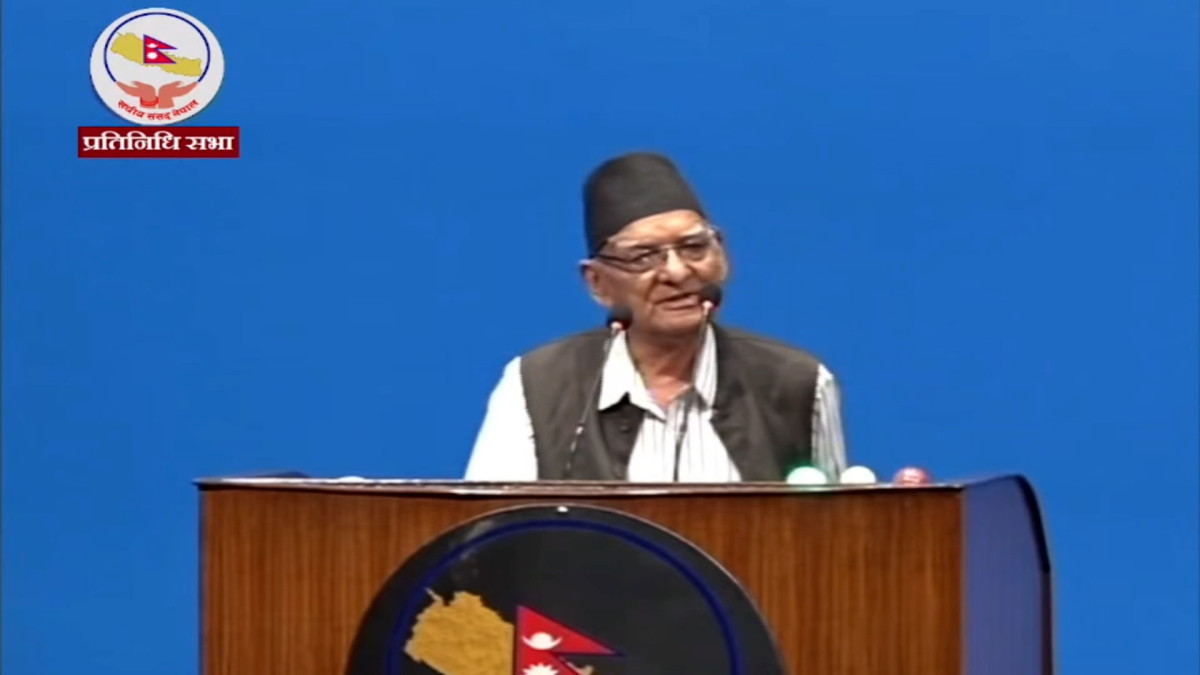Police seize nearly 900 kg of illegal Shaligram stones
According to the District Police Office, officers at the Chhusang checkpoint discovered 894 kilograms of Shaligram stones packed in 34 white sacks.

KATHMANDU: Police have seized a massive consignment of illegal Shaligram stones being smuggled through Baragung Muktikshetra-3 in Mustang district.
According to the District Police Office, officers at the Chhusang checkpoint discovered 894 kilograms of Shaligram stones packed in 34 white sacks.
The consignment was being transported in a Bolero jeep (registration number Ga 3 Cha 8152), which was intercepted en route from Ghamib, located in Lomanthang Damodarkunda Rural Municipality-3, to Jomsom.
Upon suspicion, police conducted a search and found the illegally concealed sacred stones, said Police Inspector Bishal Adhikari, the spokesperson for the District Police Office.
The vehicle was driven by 41-year-old Kunsang Renjing Gurung of Surkhang, Lomanthang Damodarkunda-5. He was allegedly attempting to smuggle the stones to Jomsom when the seizure occurred.
The stones, along with the vehicle, driver, and the individual accused of orchestrating the transport, have been handed over to the Annapurna Conservation Area Project (ACAP) office in Jomsom for further investigation.
Rajesh Gupta, head of ACAP Jomsom, confirmed that the case has been forwarded to ACAP’s central office in Pokhara for a detailed inquiry.
Shaligram stones, found primarily in the Kali Gandaki River via Damodarkunda, are considered sacred in Hinduism as representations of Lord Vishnu.
The illegal trade of these stones has become a growing concern, especially with increasing road access to the remote district of Mustang.
Authorities, including the local administration, police, and ACAP, have intensified surveillance to curb large-scale commercial smuggling of Shaligrams.
However, personal purchase and transport of individual Shaligram stones by pilgrims are permitted.
With the influx of an estimated half a million devotees annually, the pressure on local Shaligram sources has intensified.
Popular pilgrimage destinations such as Kagbeni, Muktinath, and Jomsom see a rise in small-scale vendors selling Shaligrams to tourists.
As tourism grows, protecting these sacred and culturally significant stones has become an increasingly complex challenge for local authorities.










